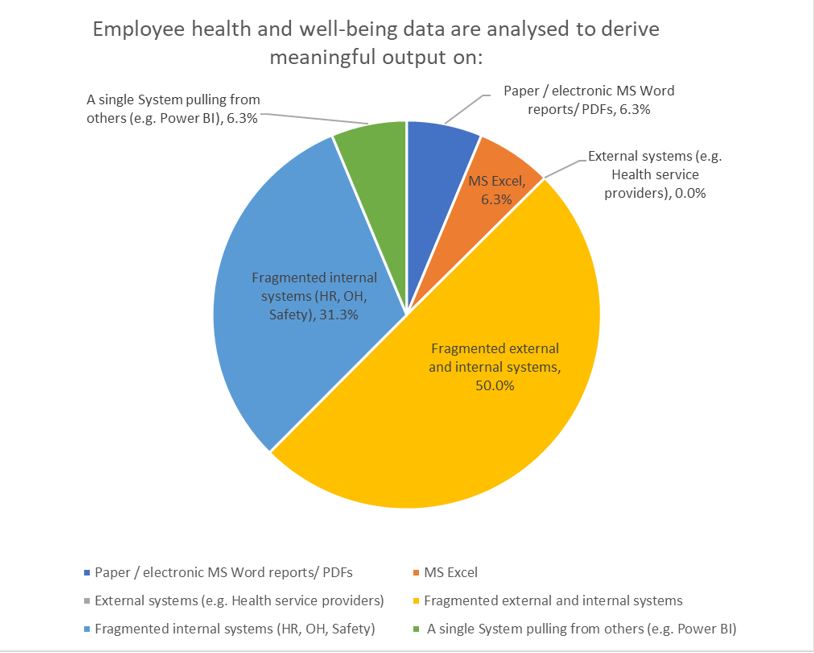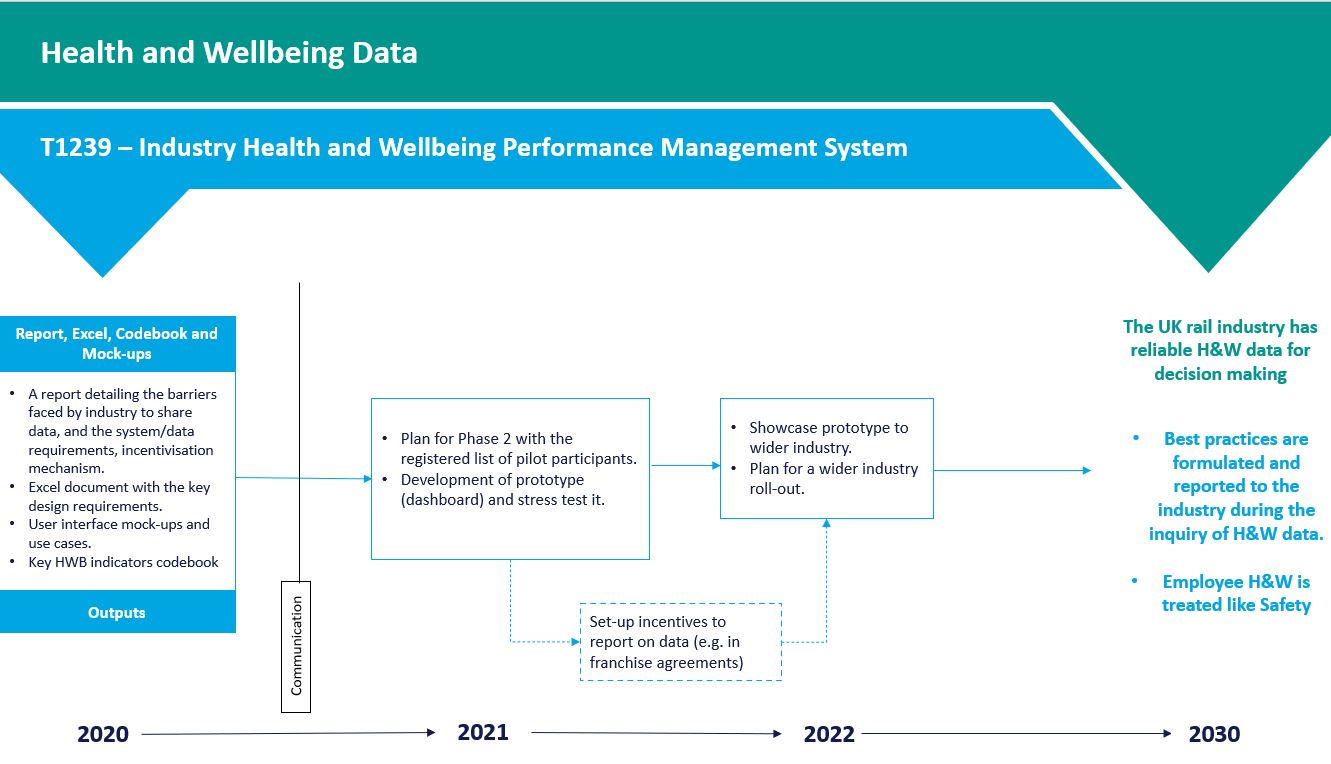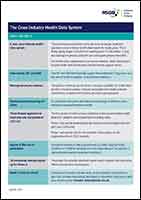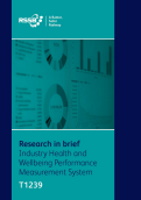Measuring Health and Wellbeing
Cross-industry data collection, monitoring, and public reporting has driven safety improvements within rail. The ORR is encouraging a similar data-led approach for health, treating health like safety, to unlock similar improvements. The costs of impaired health is estimated to be £889m yearly; so there is a strong business case for a cross-industry dashboard to facilitate targeted investment in health and wellbeing.
Why have cross-industry KPIs and dashboard?
We cannot manage what we do not measure. Collating health and wellbeing data will help us to:
- Identify health risks in the industry
- Assess which health risks are a priority
- Make the business case for health interventions
- Track if interventions have worked
Having a shared approach across industry compounds these benefits.
- Having cross-industry and sector benchmarking allows companies to compare their health risk profiles with similar companies. They can create benchmarking groups and share good practices with each other.
- Using a common language and having a clear direction of improvement can facilitate audit processes (e.g. by health inspectors from the ORR).
- Companies can use approved measures and systems rather than creating their own from scratch, saving resources.
- Health and wellbeing risk ‘hot spots’ and profiles within organisations and sectors become clear. This helps us decide what interventions and investment we should prioritise.
- Data capabilities with functions that allow rapid risk assessments can help us respond to health crises such as Covid-19. This could include information on the number of staff with underlying health conditions, number of employees absent and regional risk profiles.
- Data can help us evaluate interventions and inform future business cases
- Sharing data can help us treat health and wellbeing performance on a par with safety through public reporting.
In this video GTR’s Jamie Blower discusses how they developed, implemented and reaped the benefits of a health dashboard:
There is currently no industry data system to report, monitor and benchmark health and wellbeing among rail staff; or a common system that can be used at the organisation level. The industry needs to create such a data system to unlock the benefits, and to meet the objectives set in both Rail Health and Safety Strategy and the ORR’s Risk Management Maturity Model (RM3).
Why now?
Rail companies are starting to develop their own systems (see graph), with many beginning to transition from fragmented and paper-based systems. Collaboration can avoid duplication of effort, ensure companies have access to the best approach, and prevent future rework. RSSB has carried out an industry survey, the results of which will be published by April, along with the agreed KPIs to discover rail companies’ levels of maturity and health and wellbeing data requirements.

An industry-wide dashboard will also support implementation of the Health and Wellbeing Index (HWI), a new measure based on the same concept as the fatalities and weighted injuries (FWI) measure. This will help organisations make health-based investment decisions that consider the wider safety context and competing calls on budget.
Next steps
There are 19 companies signed up to develop the KPIs and support the creation of the dashboard. These are Costain, Volkerrail, Southeastern, TfL, GTR, Network Rail, HS1, BAM Nuttall, Atkins, Balfour-Beatty, EMR, GBRf, LNER, Transport for Wales, Alstom, Osborne, Keltbray, Colasrail, GWR.
We are currently in Phase 1 of this project, gathering the technical and user requirements and finalising the KPIs for the initial roll-out in April 2021. RSSB will hold a workshop in April to disseminate the agreed cross-industry KPIs. In Phase 2, the industry is aiming to develop a prototype. We will use feedback from the pilot to improve the dashboard and seek to embed this new industry dashboard over the next few years.





